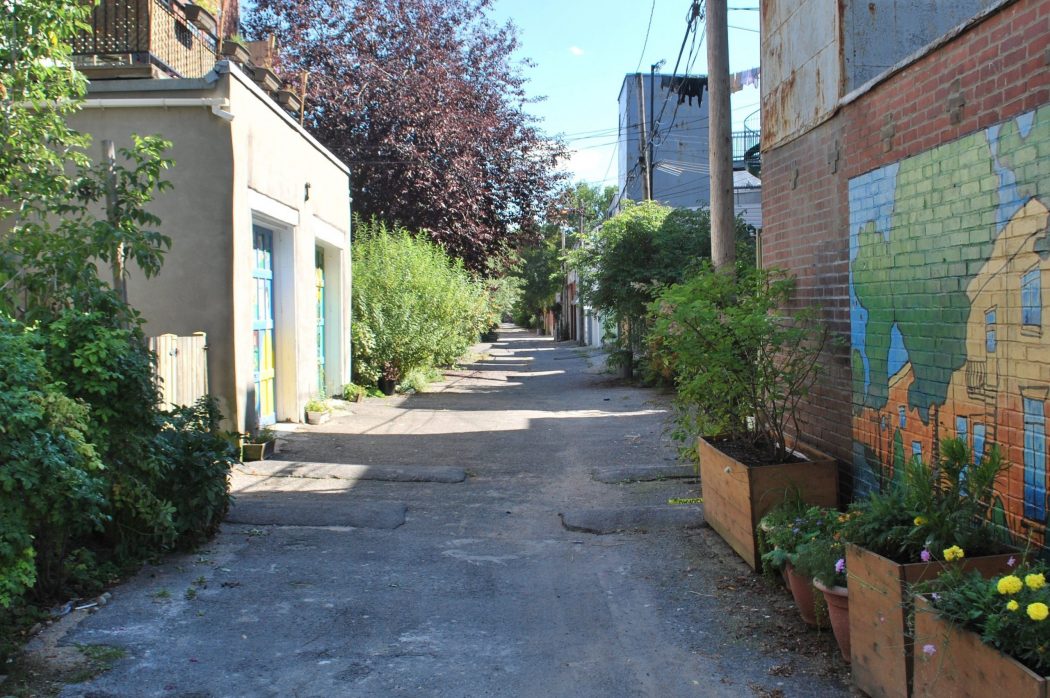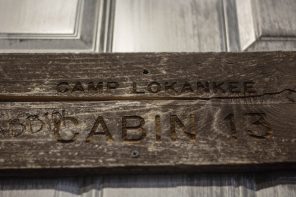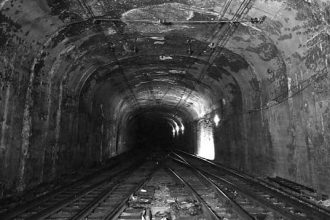While Montreal may be known for its European je ne sais quoi, you wouldn’t guess it by looking at the grid plan. It’s easy to get lost in European cities – narrow streets often converge like the spokes of a wheel, making distances and cardinal directions difficult to evaluate. You won’t have that problem here, since the city’s layout is surprisingly straightforward, much like that of other urban areas in North America.
During the early years of the French regime the land where Montreal now stands was divided into long, narrow strips called “seigneuries” – lordships. These farm-lots were subdivided into smaller properties as the city grew, with roads that followed a regular, Cartesian layout. Around 1850 the city’s first alleyways appeared, granting carriages access to the inner courtyards and back entrances.
The horses, stables, and woodpiles may now be gone, but to this day these alleyways still serve the same primary function of providing a private access to the buildings on either side. Stray cats, urban gardening, balcony barbecues, a tangle of clotheslines, kids playing “hockey-bottine” – short of actually being invited in for a meal, no other place will you give you such a candid glimpse into Montrealers’ day-to-day lives as Plateau Mont-Royal’s alleyways.
There really is no reason to avoid the alleyways – very few are gated, and while some may be less well kept than others, none are dangerous in any ways. Many lanes are even granted special funding and toponomical recognition under the municipality’s “Ruelle Verte” program, which encourages residents to remove the asphalt and replace it with flower beds and greenery.





